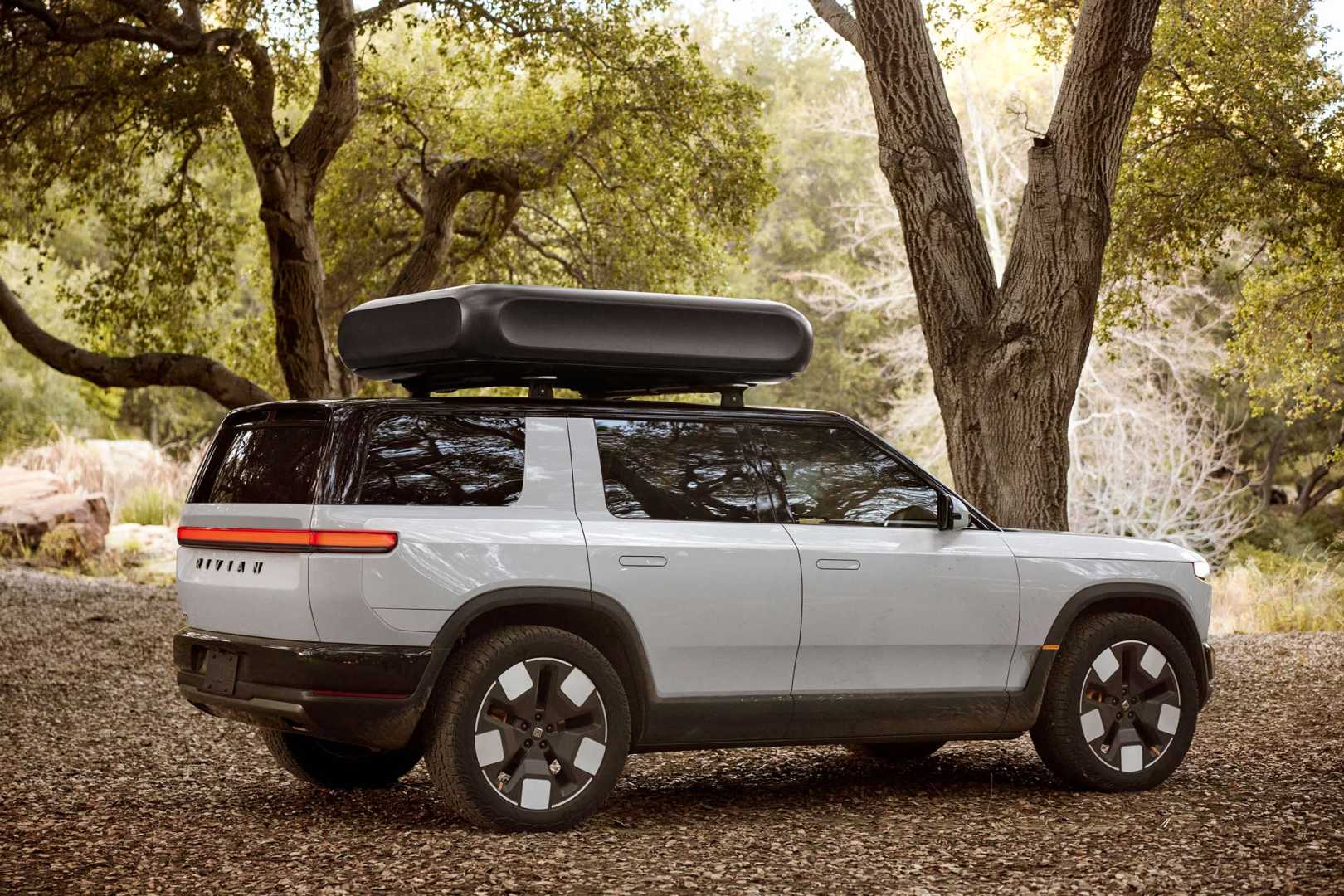Business
Rivian Faces Challenges Amid R2 SUV Launch Plans

MENLO PARK, California — Rivian Automotive is navigating a tough landscape ahead of the launch of its R2 SUV next year. The manufacturer of electric vehicles saw its gross margins slip back into negative territory in the second quarter of 2025, driven largely by rising material costs and regulatory changes.
Rivian reported a market cap of $16 billion and a current stock price of $13.26 as of August 25. The company’s recent financial report indicated a revenue increase of 12% to $1.3 billion despite producing fewer vehicles. Production complexities have resulted in decreased output, with Rivian delivering 10,661 vehicles compared to 13,790 a year earlier.
In addition to the rising material costs due to China’s export reductions on rare-earth metals, Rivian anticipates future headwinds from the expiration of the $7,500 U.S. federal electric vehicle tax credit, which will end on September 30. These challenges led Rivian to cut its expectations for regulatory credit sales from $300 million to $160 million, significantly impacting its financial outlook.
The company has adjusted its forecast, now aiming for breakeven gross profits for the entire year. Rivian is focusing on the upcoming R2 SUV, set to be priced around $45,000, which the firm believes will appeal to a broader market than its current luxury R1 SUVs.
To prepare for the R2 launch, Rivian will temporarily close its main manufacturing facility for three weeks in September. The company hopes the R2 will benefit from reduced material costs and manufacturing efficiencies, anticipating a healthy gross margin despite its lower price point. Analysts project that Rivian will secure a turnaround, with the company aiming for breakeven by 2027.
Rivian’s quarter also revealed a significant loss of $1.1 billion, improved from $1.5 billion a year earlier. Free cash outflows reduced to $398 million, compared to $1 billion last year, providing some liquidity to invest in growth as the company looks to ramp up its higher-margin software and services.
Looking forward, Rivian maintains its delivery forecast of 40,000 to 46,000 units for the year, while projecting an adjusted EBITDA loss between $2 billion to $2.25 billion. As the firm wrestles with production challenges and market conditions, CEO RJ Scaringe remains optimistic about the potential of its upcoming vehicle offerings.












